Outer Space & Universe
Outer Space & Universe
Space, also known as outer space, is the near-vacuum between celestial bodies. It is where everything (all of the planets, stars, galaxies and other objects) is found.
On Earth, space begins at the Kármán line (100 km above sea level). This is where Earth's atmosphere is said to stop and outer space begins. This is not a firm boundary but is a convention used by scientists and diplomats.
Items in space are free to move back and forth; up and down; and left and right. These three dimensions are what make 3D space. Items also move forward through time, which is sometimes called the fourth dimension.
The majority of space contains very little matter and so most of it is a vacuum. Scientists do not know how big space is but we do know that space is extremely big, and is always expanding.
According to the big bang theory, all matter and energy in the Universe was compressed into a very small space. Then it exploded and started expanding. Space is still growing in size today; this means the distance from one galaxy to distant galaxies is getting longer.
Gravity is the force that keeps the Moon in orbit around the Earth and the planets in orbit around the Sun. Gravity can stretch and bend space similar to how a heavy ball placed on a stretched sheet of rubber will cause the rubber to stretch. The scientist who discovered that space can bend is named Albert Einstein. How gravity bends space is part of his theory of general relativity.
Astronauts, Cosmonauts, Taikonauts and Spationauts
An astronaut is any person who is trained by NASA to travel and perform tasks in space. Although the space traveler may not necessarily be a United States citizen, each astronaut does go through a rigorous training regiment by the National Aeronautics and Space Administration. Other space travelers go by other names then astronaut depending on their country of origin.
In the United States, astronaut is derived from the Greek words ástron (star) and nautis (sailor). While, in Russia, a space traveler goes by the name космонавт (English: cosmonaut), which is derived from the Greek words kosmos (universe) and nautis (sailor). Westerners call a space traveler from China a taikonaut, based on the 1998 writings of Chiew Lee Yik and Chen Lan where the term tàikōng (great emptiness), Chinese for “space”. In China, the term yuháng yuán (universe navigator) is used for space traveler.
Only the United States of America (United States), Russia (earlier, the Union of Soviet Socialist Republics), and the People’s Republic of China (China) have sent manned spacecraft into space. Other countries have assisted these countries by sending their own space travelers on space missions. For instance, a French space traveler is called a spationaut (from the French word spationaute), which is derived from the Latin spatium (space) and Greek nautis (sailor). (plural in Greek nautes = sailors)
-
20:44
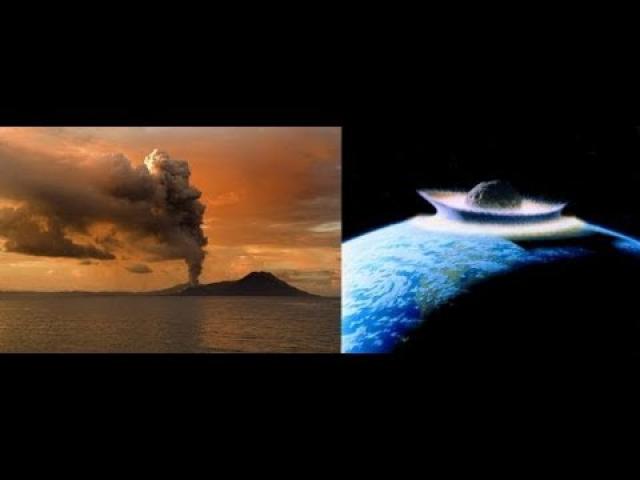
What killed the Dinosaurs? Volcanoes? Asteroid? Both? or None of the Above?
Added 404 Views / 0 LikesThe World is a crazy place.God bless everyone,Thttps://www.paypal.me/THORnewsthe articlehttps://www.universetoday.com/141611/massive-volcanic-eruptions-66-million-years-ago-happened-almost-exactly-when-the-dinosaurs-died-off/Everyone knows an asteroid str
-
02:09
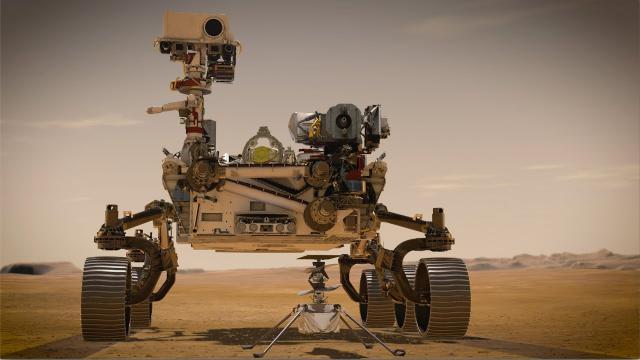
What kind of life on Mars will Perseverance look for?
Added 182 Views / 0 LikesNASA's Deputy Project Scientist Ken Williford for the Mars 2020 mission talks about the type of life Perseverance will be looking for in Jezero Crater. Credit: NASA
-
03:18
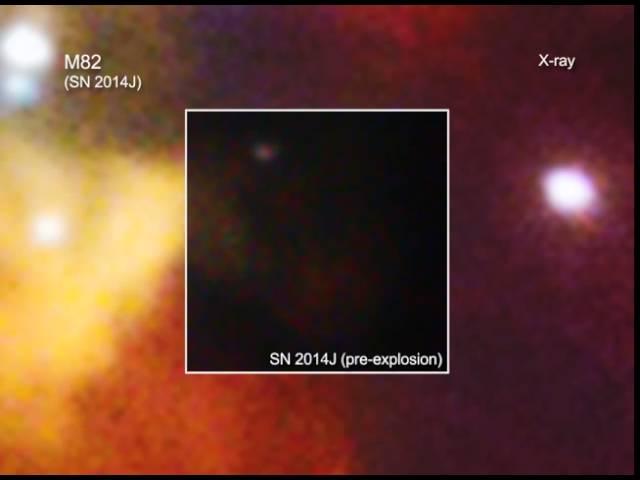
What Made This Nova So Super? | Video
Added 714 Views / 0 LikesWhat Made This Nova So Super? | Video
-
01:06

What Makes Liquid Water on Mars Possible?
Added 711 Views / 0 LikesWhat Makes Liquid Water on Mars Possible?
-
03:32

What makes SpaceX's Crew-1 mission so exciting? NASA explains
Added 319 Views / 0 LikesNASA's Jim Bridenstine and Kathy Leuders give a brief overview of the SpaceX Crew-1 mission, now scheduled to launch in the early morning hours of October 31, 2020. Credit: NASA
-
10:09
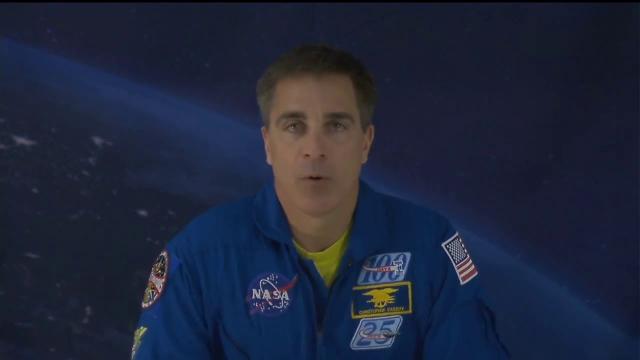
What precautions is a NASA astronaut in Russia taking before launch?
Added 419 Views / 0 LikesIn Star City, Russia, NASA astronaut Chris Cassidy is preparing for launch to the International Space Station. Marcia Dunn from the Associated Press talks to him about the precautions he is to stay healthy during the global health crisis. Credit: NASA
-
08:03
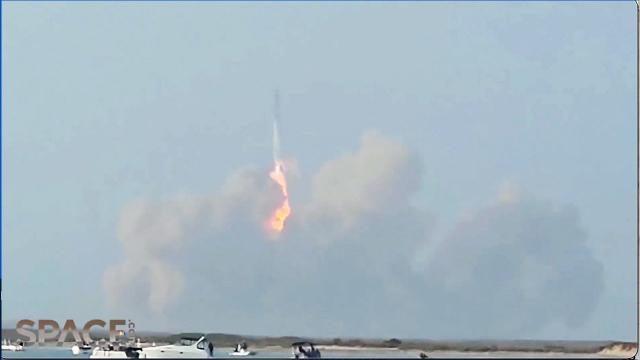
What SpaceX's 1st Starship launch felt like from 5 miles away to Space.com
Added 154 Views / 0 LikesSpace.com editor-in-chief Tariq Malik experienced the first integrated launch of SpaceX's Starship and Super Heavy booster from South Padre Island Amphitheater and beach in Texas on April 20, 2023. [See SpaceX's view of the launch](Also see the Rapid Unsc
-
07:24

What Will Be 3D Printed On Space Station? | Video
Added 745 Views / 0 LikesNASA Marshall Flight Center's 3-D print project manager Niki Werkheiser gives a few examples of the spare parts that a 3D printer on the ISS can provide.
-
08:22
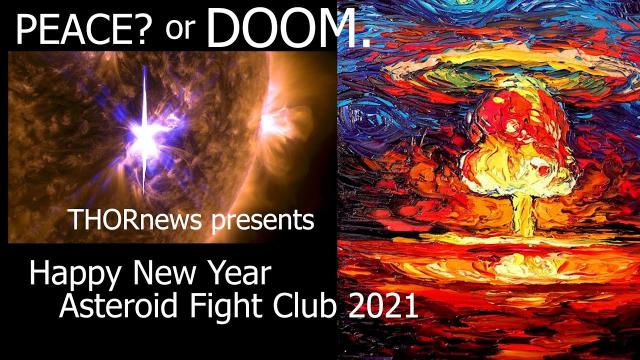
What Will happen this year? World Peace? new Status Quo? SUPERDOOM? Asteroid Fight Club 2021:
Added 276 Views / 0 LikesWARNING: I am officially on spring break for a week. so i made the video i wanted to make. you may not like it. because i didn't sugar coat much. Now, let's have a great year and work together for a better world.'Better than it's been' song by TV's Daniel
-
02:54
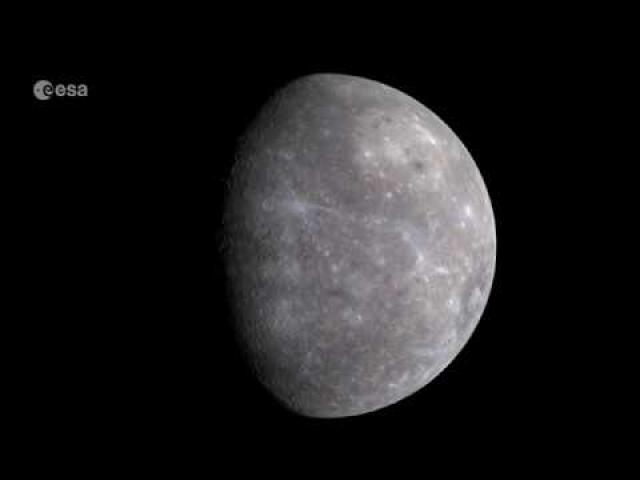
What Will the BepiColombo Mission Learn About Mercury?
Added 449 Views / 0 LikesThe ESA/JAXA mission to Mercury will continue the exploration of the planet. ESA explains how it will build on the knowledge delivered by previous missions. -- Learn more about the mission: https://www.space.com/35671-bepicolombo-facts.htmlCredit: ESA
-
03:11

What would it take to send people to Pluto? A REAL space agency.
Added 741 Views / 0 LikesWhat would it take to send people to Pluto? A REAL space agency.
-
01:32
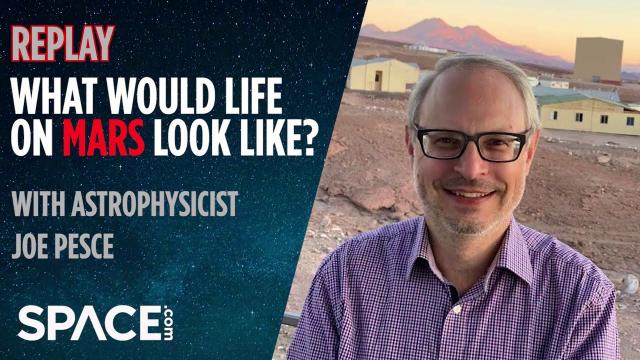
What would life on Mars look like?
Added 168 Views / 0 LikesCould life have ever existed on Mars? Does it now? If so, what would it look like? This is what astrophysicist Joe Pesce thinks. Join the Space.com Community: https://forums.space.com
-
01:38
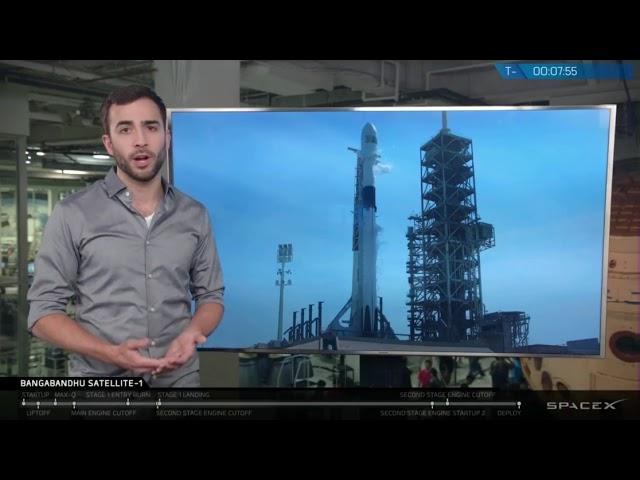
What's a Block 5? SpaceX's Upgraded Falcon 9 Rocket Explained
Added 459 Views / 0 LikesPrior to the maiden flight of the SpaceX Falcon 9 Block 5 rocket, the private spaceflight company explains how it differs from their previous rockets. -- See it launch & land: https://www.space.com/40545-spacex-new-falcon-9-rocket-launch-landing-success.h
-
03:21

What's Behind Rocker Grace Potter's Space Fashion? | Video
Added 807 Views / 0 LikesWhat's Behind Rocker Grace Potter's Space Fashion? | Video
-
02:20
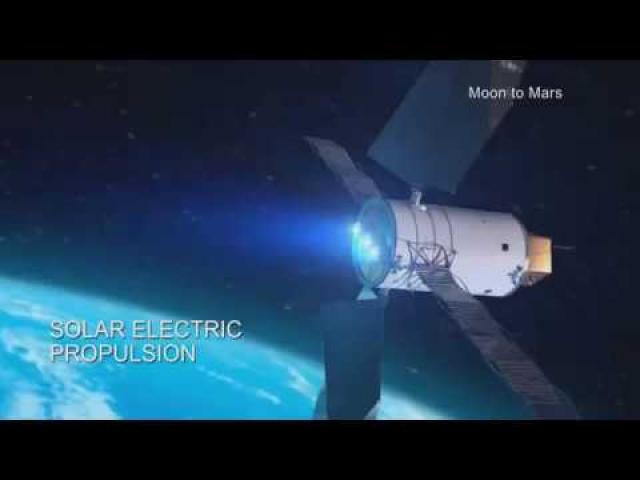
What's Going On at NASA in 2019?
Added 344 Views / 0 LikesLearn what NASA is working on in 2019 and beyond. Credit: NASA
-
03:22

What's In An Alien Planet's Atmosphere? | Video
Added 836 Views / 0 LikesWhen a planet transits its star, the change in light tells its tale. Size, mass and atmospheric composition can be derived. Especially critical: Does it have oxygen, the marker of life? ---- Signs of Water Found on 5 Alien Planets: http://goo.gl/uxz5Qb Cr
-
08:44
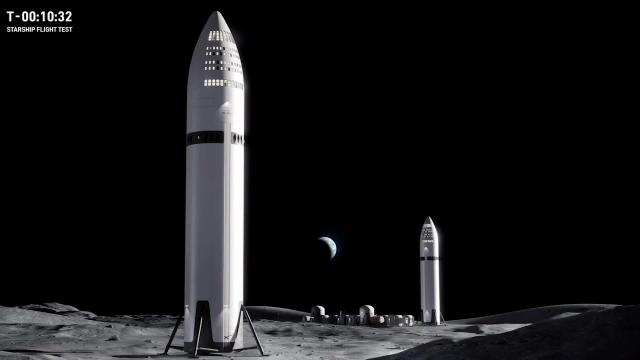
What's next for SpaceX Starship? Future flights, moon and Mars!
Added 195 Views / 0 LikesSpaceX gives an update on the the next steps for the Starship during the flight 6 broadcast on Nov. 19, 2024. Credit: SpaceX
-
06:23

What's the New NASA Admin's Position on Climate Change?
Added 592 Views / 0 LikesNASA administrator Jim Bridenstine talks about his position on climate change and the status of the Orbiting Carbon Observatory 3 (OCO-3) mission at a NASA town hall. Credit: NASA
-
06:52
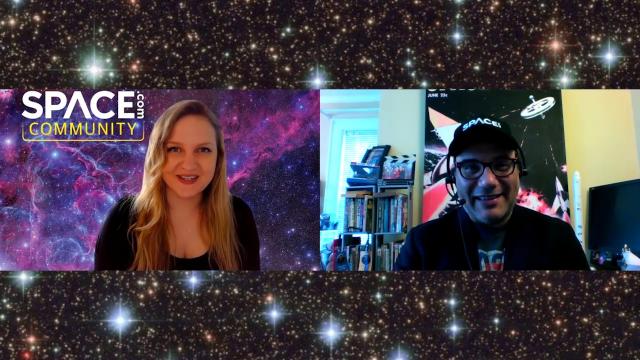
What's Up in Space by Space.com (April 2020)
Added 451 Views / 0 LikesThe Space.com team, like everyone else, may be stuck at home amid the coronavirus pandemic, but space exploration is still going on. Here's what to expect in April with Space.com Editor-in-Chief Tariq Malik and Community Manager Stevie Ward! -- Join the S
-
04:21
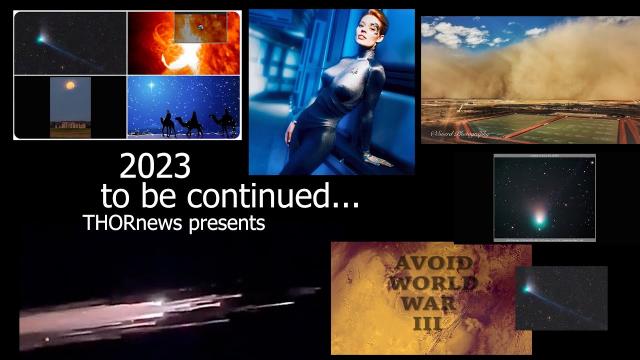
WHAT.
Added 98 Views / 0 Likes2023.Merry Christmas. Happy new year.Mars & Mercury retrograde,this moment reflection.God bless everyone.Life is good.yay, asteroid fight clublove,T LEWISON
